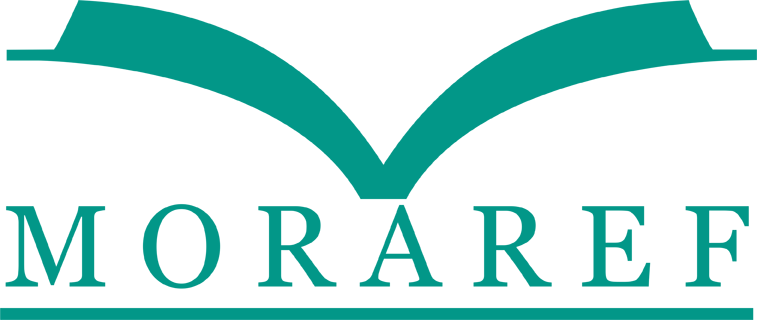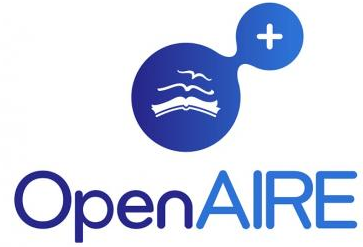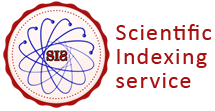The Effectiveness of The Simulation Method and The Peer Teaching Method in Counseling on Improvement of Tooth Brushing Behavior at SD Muhammadiyah Tanjungsari Pekalongan
Abstract
The dental health maintenance behavior of the Indonesian people in brushing their children's teeth directly is still deficient. Brushing your teeth correctly and adequately is one factor in avoiding dental and oral diseases such as caries. Therefore, it is necessary to emphasize that dental and oral health information in early childhood is needed. This study aimed to analyze the effect before and after counseling using simulation and peer teaching methods on tooth brushing behavior in SD Muhammadiyah Tanjungsari Pekalongan students. The type of research used is a quasi-experiment (quasi-experimental) with a pre-test and post-test group design. The population in this study amounted to 124 students. The sample consisted of 40 students, with 20 students being given the simulation method and 20 students being given the peer teaching method and taken by purposive sampling technique. The tests were carried out by univariate analysis and bivariate analysis, using the Mann-Whiteny test to determine differences in the effectiveness of the methods used. The statistical test results used the Mann-Withney test with results on knowledge (p=0.954), attitude (p=0.498), action (p=0.040), and index debris (p=0.001). Shows that there are differences in the effectiveness of counseling before and after using the simulation method compared to the peer teaching method; namely, knowledge is more effective using the simulation method with an average simulation of 20.60, attitudes are more effective using the peer teaching method with an average of 21.68, on the action it is more effective using the simulation method with an average of 24.30, and on the debris index it is more effective using the peer teaching method with an average of 26.55.
Keywords
Full Text:
PDFReferences
D. L. Wong, M. Hockenberry-Eaton, D. Wilson, M. L. Wikelstein, and Patricia Schwartz, “Buku Ajar Keperawatan Pediatrik WONG , Ed.6, Vol. 1.” pp. 88–93, 2017.
Penelitian dan Pengembangan Kesehatan Kementerian Kesehatan RI, “Laporan Riskesdas 2018,” J. Chem. Inf. Model., vol. 53, no. 9, pp. 181–222, 2018.
M. Ilyas and I. N. Putri, “Efek penyuluhan metode demonstrasi menyikat gigi terhadap penurunan indeks plak gigi pada murid sekolah dasar Effect of demonstration method counseling on brushing teeth to the decreasing of plaque value of elementary school students,” J. Dentomaxillofacial Sci., vol. 11, no. 2, p. 91, 2012.
Yodong, W. J. D. Utami, and T. Anonim, “Relationship Between Periodontal Disease and Quality of Life of the Indonesian Family Welfare Guidance Programme ( PKK ) from Hamlet ( RW ) Number 01 Srondol Wetan Urban Village , Semarang City,” vol. 5, no. 11, pp. 58–61, 2020.
L. A. Hery, Q. Stit, P. Nusantara, and L. Ntb, “Pemanfaatan Media Dalam Metode Simulasi Pada Pembelajaran Pai,” PENSA J. Pendidik. dan Ilmu Sos., vol. 2, no. 2, pp. 195–211, 2020.
W. J. D. Utami, Yodong, Prasko, and E. A. E. Ningtyas, “Activity Book As A Home Study Media In The Establishment Of Clean Healthy Living Behavior During The Covid 19 Pandemic In Preschool Age Children,” J. Kesehat. Gigi, vol. 6, no. 2, pp. 14–18, 2019.
M. Rachmat, “Metodologi Penelitian Gizi & Kesehatan,” 2016.
G. T. Prastiti, S. Maimunah, and S. Pabidang, “Pengaruh Pelatihan Dengan Metode Pbl Terhadap the Effect of Training With Pbl Methods on Skills of Kader in Sdidtk,” vol. 10, pp. 1–10, 2022.
I. H. Aprilya et al., “Menggunakan Video Tutorial Terhadap Keterampilan The Effect of Teeth Brushing Guidance on Fones Technique Using Video Tutorials,” J. Kesehat. Siliwangi, vol. 2, no. 1, pp. 331–337, 2021.
S. Notoatmodjo, Promosi Kesehatan Teori dan Aplikasi. Jakarta: Rineka Cipta, 2010.
N. Niakurniawati, S. Usman, and F. bin Abdurrahman, “Efektifitas Metode Pendidikan terhadap Perubahan Perilaku Tentang Kesehatan Gigi dan Mulut pada Murid MIN Mesjid Raya Banda Aceh,” Jukema (Jurnal Kesehat. Masy. Aceh), vol. 3, no. 1, pp. 162–169, 2017.
Niakurniawati, E. Zahara, and H. Imran, “PENGARUH PEER TEACHINGTERHADAP PERUBAHAN PERILAKU PEMELIHARAAN KEBERSIHAN GIGI DAN MULUT PADAMURID MIN MESJID RAYA BANDA ACEH,” vol. 4002, pp. 1–23, 2020.
S. Notoatmodjo, “Promosi Kesehatan, Teori & Aplikasi, ed. revisi 2010,” Jakarta: Rineka Cipta. 2010.
Rahmatul Huda dan Zakiyah, “Prosiding Hasil-Hasil Pengabdian kepada Masyarakat Tahun 2018 Dosen-Dosen Universitas Islam Kalimantan,” Sos. Tentang Etika Jual Beli Secara Online (Perspektif Huk. Ekon. Syariah), pp. 181–187, 2018.
W. J. D. Utami, Supriyana, and Yodong, “Caries Early Detection Training in an Effort to Increase Parents’ Knowledge in Maintaining Children’s Dental Health at Paud Gedawang Banyumanik Semarang,” J. Kesehat. Gigi, vol. 7, no. 2, p. hal 151-155, 2020.
N. N. Harnika, I. Bagus, and K. Yoga, “mesatua , (2),” no. 4, pp. 49–61.
DOI: https://doi.org/10.31983/jkg.v10i1.9816
Article Metrics
Refbacks
- There are currently no refbacks.
| View My Stats |











.png)


.png)
.png)








